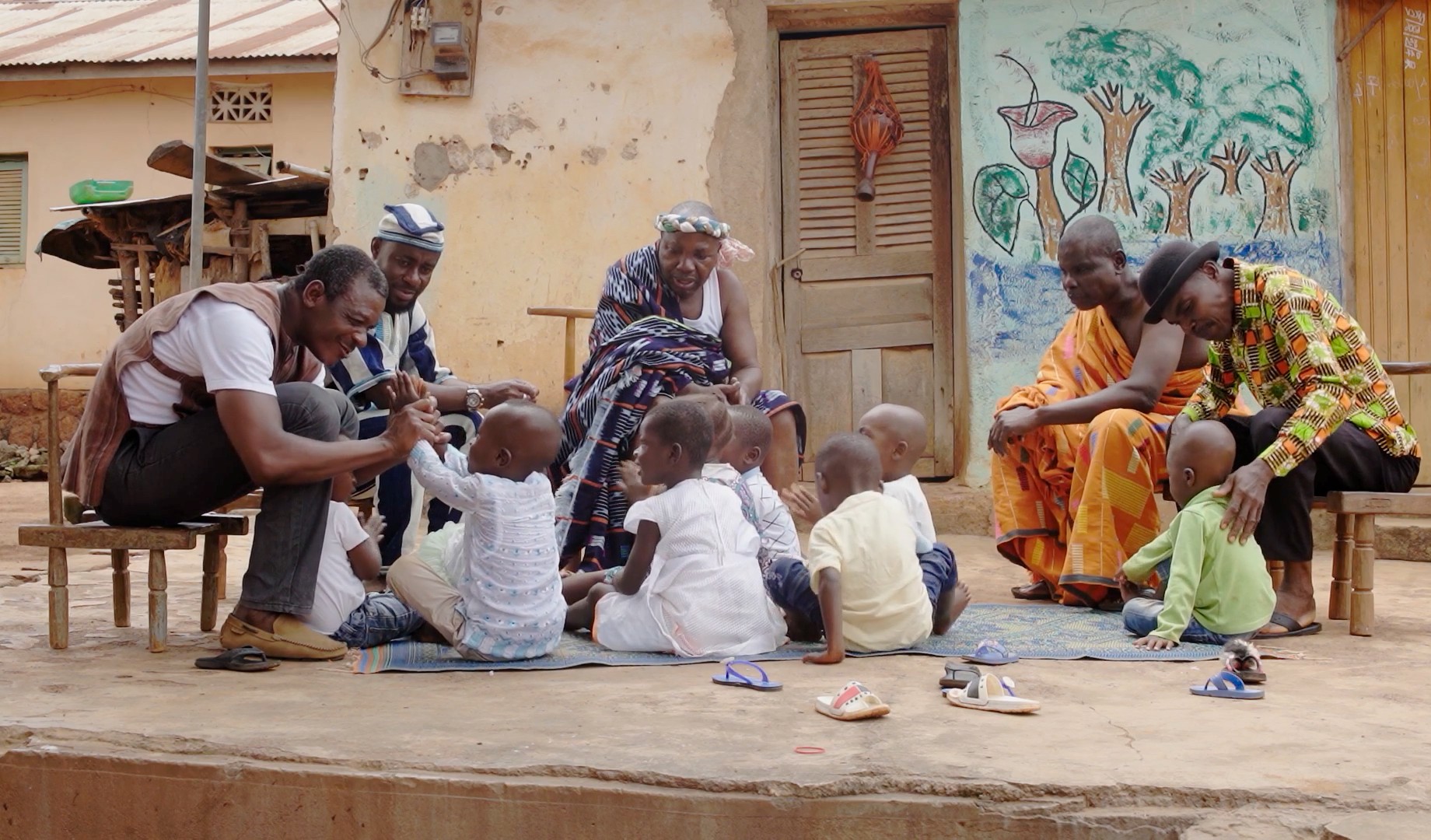The Impact of Mobile Phone Educational Videos on Parental Practices in Côte d’Ivoire

Abstract: In collaboration with IPA Côte d’Ivoire and Development Media International, researchers conducted a randomized evaluation to assess whether exposure to videos promoting early childhood stimulation (ECS) improved caregivers’ parental knowledge and practices. Caregivers exposed to the videos increased their knowledge of ECS and practiced greater child stimulation, while reducing violent discipline and severe physical punishment.
Early childhood stimulation (ECS)—the interaction between caregivers and children at an early age through a range of activities—is important for early childhood development. Fostering ECS is especially important in low- and middle-income countries where child development is most at risk.1 Development Media International (DMI) produced nine short educational and entertaining videos on mobile phones encouraging parents to praise and support their children, speak to them, and play with them from an early age. The videos were stored on memory cards and were disseminated by volunteer village leaders and local health workers, who were instructed to share the videos with households with children aged under 24 months in their village.
In partnership with DMI and IPA Côte d’Ivoire, researchers conducted a randomized evaluation to assess whether exposure to videos promoting parental practices fostering ECS improved caregivers’ parental knowledge and practices. The intervention took place in the cocoa-producing region of western Côte d’Ivoire, and 2,901 households with a child under 24 months in 200 villages participated in the evaluation. In each village, a representative sample of households was recruited and split into two groups: those who would be handed a memory card containing the videos should their village join the intervention group (specifically targeted households), and those who would not (non-specifically targeted households). The 200 villages were randomly assigned in equal size to either receive the intervention or serve as the comparison group.
In the 100 villages receiving the intervention, videos were disseminated using the following two-pronged strategy:
- Non-specifically targeted households: Memory cards containing the videos were distributed to local health workers and village leaders (one memory card per person), who were instructed to share them with households with young children living in their village. Local health workers and village leaders did not receive any incentive other than being informed of the importance of early childhood development.
- Specifically targeted households: Memory cards containing the videos were distributed to specifically targeted households by a network of midwives (who were paid for this work). Midwives were instructed to give the memory cards in the presence of both female and male caregivers. To avoid non-specifically targeted households being exposed to the videos, specifically targeted households were instructed to keep their memory card and its contents private.
Researchers measured the share of the target population exposed to videos by focusing on non-specifically targeted households, while also assessing the impact of video exposure on viewers by focusing on specifically targeted households.
In households that were not handed the videos, one-third of households were exposed to the videos suggesting that information can reach a significant share of the target population when disseminated by local health workers and village leaders, even without monetary incentives. In households that were handed the videos, caregivers increased their knowledge and parental practices towards greater child stimulation. Female caregivers exposed to the videos increased the number of different ECS activities they practiced by 11 percent, while the number rose 19 percent for male caregivers, relative to the comparison group. In addition, caregivers reduced the prevalence of violent discipline by 13 percent and severe physical punishment by 21 percent relative to the comparison group.
Sources
1Lu, C., Black, M. M., & Richter, L. M. (2016). Risk of poor development in young children in low-
income and middle-income countries: an estimation and analysis at the global, regional, and country level. The Lancet Global Health, 4(12), e916-e922.
Implementing Partner













